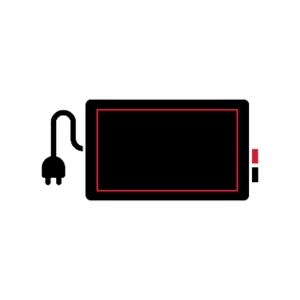Car Batteries – How are they made?
Car batteries are widely used around the world, so it might be worth taking a closer look.
So, what is in a car battery? You might think the things powering the 40 pounds batteries are hyper children, fifteen shots of espresso or linebackers! Actually, the primary ingredient is lead, taken from recycled batteries or other sources. Purified lead becomes grid for the battery.

A thick paste goes on to the lead grid, and when they come out, they’re called plates. This will become the place where electricity comes from. Each plate is made to exact engineering specifications. Positive plates receive one paste and negative plates receive a different kind of paste. Separators keep the opposite plates from touching each other. There can be as many as 90 to 150 plates going into one 12V battery. To ensure electricity can flow within the battery, the different cells, plates and grids are connected. Now, the battery components go inside the battery’s case. Then, the cover is heat sealed and the case is pressurized. Finally, electrolytes (a mixture of water and acid) fills the battery, adding the last ingredient the battery needs to store electrochemical energy. Chemically, the battery isn’t ready to carry a charge till the last step, which is formation. That is where electricity slowly reforms the chemicals of the paste, while charging the battery power. All the while, cold water keeps the battery temperature down as the electricity charges it. Inside, the interaction between lead and acid create the chemical structure with electrical potential. The acid helps conduct the electricity inside battery and the lead skeleton directs the electricity post.
Now stocked with juice, the battery is ready to be put out into service!

















